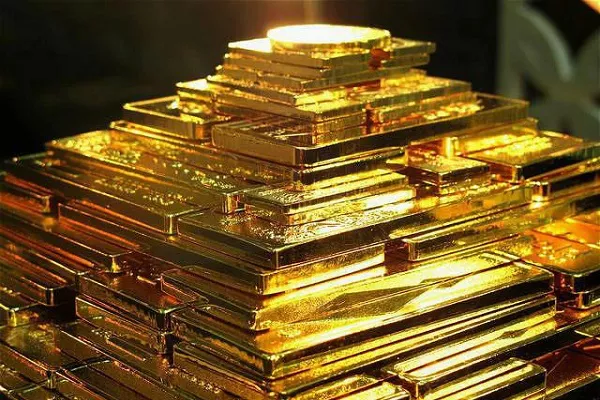Despite robust growth in the U.S. economy, with the second-quarter GDP expanding by 3.0% and the core Personal Consumption Expenditures (PCE) price index showing a mild 2.5% annual increase, many consumers are still feeling financial strain. This disparity is highlighted by anecdotal evidence from the jewelry industry, where high gold prices are driving a surge in the sale of unwanted and broken jewelry.
Tobina Kahn, President of the House of Kahn Estate Jewelers, reported a consistent flow of customers seeking to sell their gold jewelry. “Even though inflation has eased, the cost of living continues to rise, forcing people to seek cash from their old jewelry as their incomes are stretched thin,” Kahn told Kitco News.
Kahn noted that the current gold price, which has recently surpassed $2,500 an ounce, is prompting many to liquidate their gold assets. “Gold jewelry is performing as expected as an investment, and people are receiving significant amounts for their broken pieces,” she explained. This trend is particularly noticeable among older consumers who are selling jewelry to cover healthcare expenses.
Kahn advised against trying to time the market for peak gold prices. She suggested that holding out for higher prices might lead to missed opportunities. “Gold prices are likely to rise further due to ongoing inflation concerns, but if you need cash, it’s better not to wait,” she said, estimating that many consumers might find $1,000 or more in their jewelry boxes.
Some consumers, however, are hesitating to sell their gold, hoping prices will reach $3,000 an ounce. Kahn considers this a realistic target but warns of potential short-term volatility. “Gold could indeed hit $3,000, but prices may also drop unexpectedly, which could impact those needing quick cash,” she noted.
Kahn’s observations align with broader market trends. According to the World Gold Council (WGC), global gold recycling has surged to its highest level since 2012. The WGC’s July report revealed a significant increase in recycled gold, with 683.9 tonnes recovered in the first half of the year. Europe, in particular, saw a notable rise in recycling due to price increases, while North America, despite high gold prices exceeding C$3,000, showed a more modest increase in recycling volumes.
The WGC attributed Europe’s recycling boost to price-related factors, with euro-denominated gold exceeding €70 per gram starting in April. In contrast, the strong performance of the U.S. economy has led to fewer recycling triggers in North America, where gold prices remain high but recycling volumes have not surged as significantly.


